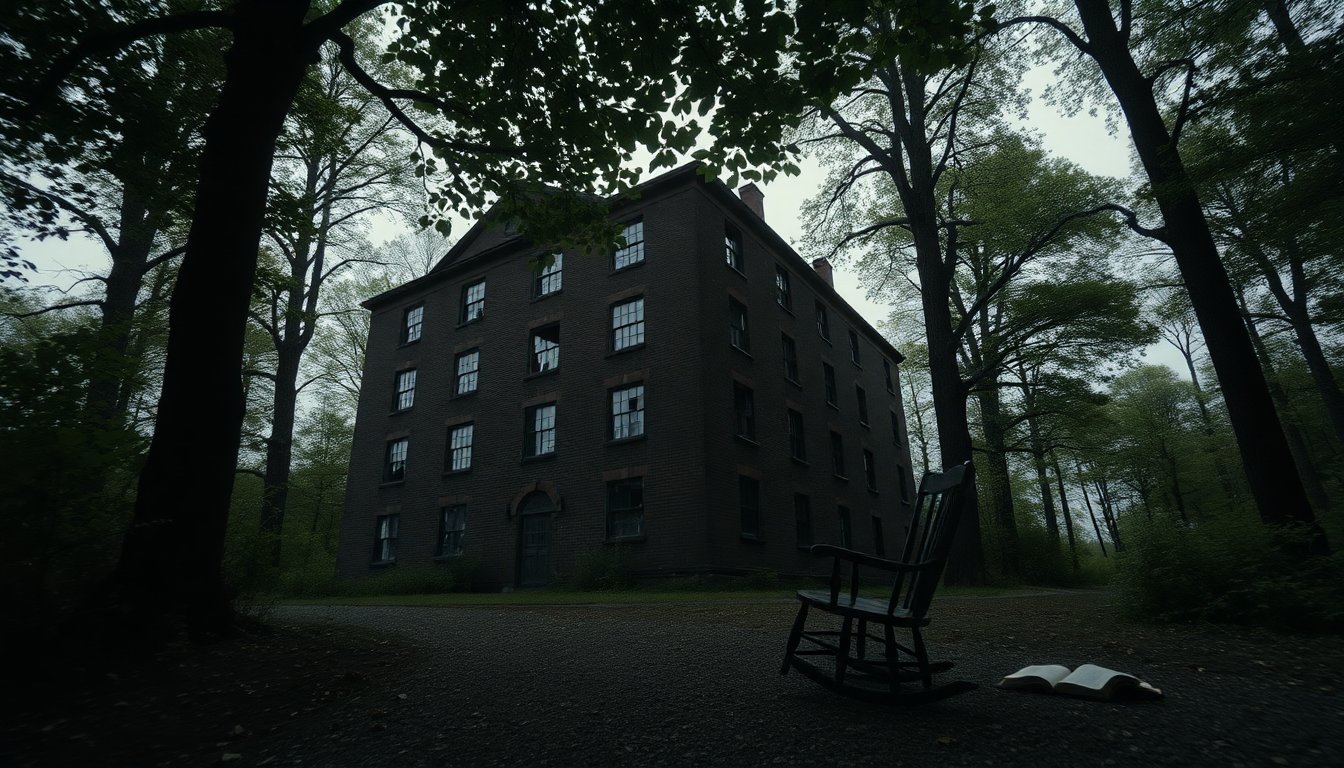Table of Contents
The concluding episode of Wayward, a series available on Netflix, immerses viewers in dark secrets and turbulent relationships. The show is set in the mysterious town of Tall Pines and revolves around a notorious institution for troubled adolescents. Following the tension-filled finale titled Leap, fans are left contemplating the fates of key characters. This article examines the intricate character dynamics and thematic elements highlighted by the creators, Mae Martin and Ryan Scott.
The facts
Mae Martin, co-creator and a pivotal character in the series, underscores the significance of character evolution through experiences. Discussing Laura, the pregnant spouse of Alex Dempsey, Martin states, “Initially, Laura embodies the archetype of a damsel in distress, but her journey reveals a more empowered character.” By the end, Laura confronts the school’s tyrant, Evelyn, marking her transformation from victim to a figure of strength. This character arc resonates as Laura grapples with her trauma.
Empowerment and the fight against oppression
Ryan Scott elaborates that oppressive belief systems do not vanish but persist and adapt through others. He draws on historical figures like Brigham Young to illustrate how ideas permeate generations. Scott explains, “Even in a setting designed to dismantle familial connections, the characters inevitably recreate those cycles of trauma.” This notion is poignantly expressed in Laura’s transformation and her quest for justice against Evelyn.
Thematic connections and symbolic imagery
A significant moment in the finale intertwines life and death themes, particularly through Laura’s ascent coinciding with Evelyn’s downfall. Martin describes this as a powerful narrative choice that enhances the series’ exploration of intergenerational trauma. “By juxtaposing these two characters’ arcs, we present a vivid reflection of the struggle between oppression and empowerment,” she explains.
One standout scene features a haunting rendition of In the Pines, a deliberate choice reflecting Martin’s personal connection to Pink Floyd. “The song encapsulates the bittersweet transition into adulthood, echoing themes of loss and nostalgia,” she shares, adding emotional depth to the narrative.
The complexity of parenthood and connections
The emotional weight of parenthood is explored through Alex’s experience. The loss of his envisioned family dynamic sharply contrasts with the chaotic environment surrounding his child’s birth. Martin reflects, “Alex’s longing for a traditional family is abruptly shattered, leading him to realize the true nature of his situation.” This moment emphasizes the disillusionment often accompanying parenthood.
Scott discusses Alex’s internal conflict, noting that the moment he confronts fatherhood resonates deeply, capturing the often harsh realities of adulthood. “It’s a tragic yet poignant moment that encapsulates the struggles many face in navigating familial expectations,” he explains.
Lingering questions and unresolved narratives
The finale of Wayward leaves viewers with ambiguity, prompting reflection on characters’ choices and their consequences. Martin acknowledges the ending’s unresolved nature but emphasizes its realism. “Characters often make decisions that reflect their humanity, which may not align with viewers’ desires for clear resolutions. This complexity enriches the narrative,” she states.
Scott echoes this sentiment, suggesting the divergent paths of each character highlight varied responses to trauma. “Not everyone emerges from their struggles intact; some, like Abbie, find empowerment, while others falter,” he notes. This exploration reinforces the notion that there is no singular way to navigate life’s challenges.
Ultimately, the creators leave the door open for interpretation, inviting audiences to ponder the implications of the characters’ journeys. With haunting imagery and thematic depth, the finale of Wayward encourages reflection on personal experiences and the cycles of trauma and healing that define human experience.


